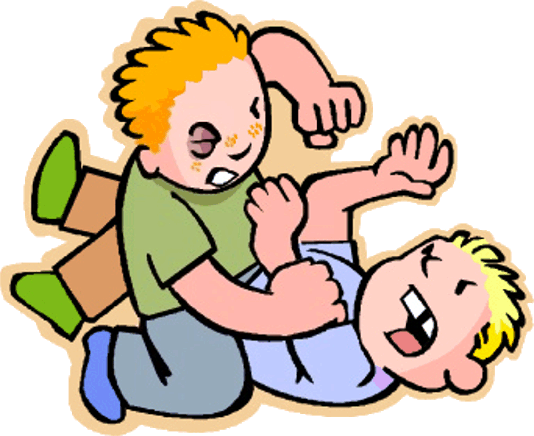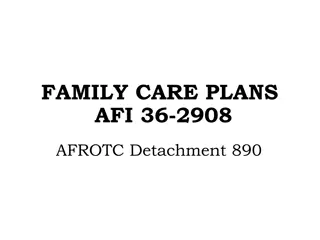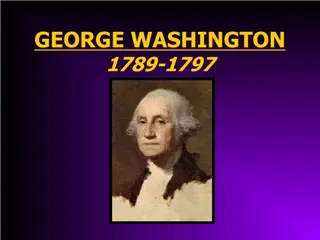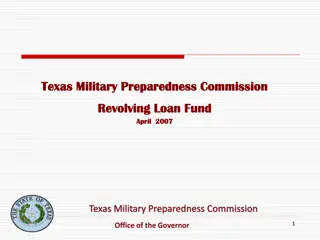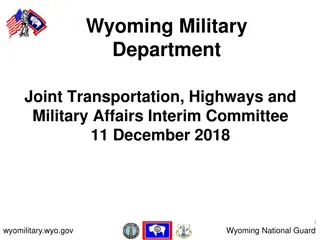George Washington's Early Military Encounters
Learn about George Washington's early military encounters during the French and Indian War, from his first mission to Fort Le Boeuf to the Battle of the Monongahela. Explore how these events shaped Washington's future role in American history.
Download Presentation

Please find below an Image/Link to download the presentation.
The content on the website is provided AS IS for your information and personal use only. It may not be sold, licensed, or shared on other websites without obtaining consent from the author.If you encounter any issues during the download, it is possible that the publisher has removed the file from their server.
You are allowed to download the files provided on this website for personal or commercial use, subject to the condition that they are used lawfully. All files are the property of their respective owners.
The content on the website is provided AS IS for your information and personal use only. It may not be sold, licensed, or shared on other websites without obtaining consent from the author.
E N D
Presentation Transcript
Have you ever had a disagreement that ended in a fight? Explain in three lines what happened. Share with a partner.
Dinwiddie sent a young man from the British army named George Washington to Fort Le Boeuf to tell them to leave. The French refused.
Several months later, Washington was sent back to the area with soldiers to protect British colonists in the area from the French.
Worried about being attacked by a larger French force from Fort Duquesne, Washington built Fort Necessity for protection.
On July 3, 1754, the French did attack, laid siege to the fort, and forced Washington to surrender.
Washington and his troops returned to Virginia. Many say this was the beginning of the French and Indian War.
The French, along with their Native American allies, fought the British for control of the North American continent for nine years.
The British lost many early battles in the war to the French.
File:Braddock's death at the Battle of Monongahela 9-July-1755.jpg One of those losses was on July 9, 1755, when General Edward Braddock lost the Battle of the Monongahela. Braddock was killed in the fight.
QUOTE AND COMMENT Write three lines explaining what you think about the story about George Washington during the Battle of the Monongahela. Share with your partner.
As the war continued, things started going better for the British, and they began to win more battles.
One victory for the British was in 1756 when Pennsylvanian John Armstrong led an attack on the Native American village of Kittanning, capturing it.
Fort Duquesne finally fell into British hands in September of 1758. The French burned it down so the British couldn t use it.
The British built Fort Pitt in place of Fort Duquesne.
File:Bouquet blockhouse.JPG Remains of Fort Pitt today. File:Fort Pitt bastion.jpg
The British finally won the war, and in 1763 the British and French signed the Treaty of Paris. http://3.bp.blogspot.com/_fPPuIxEErVE/S-sk9r6TWUI/AAAAAAAAAAk/MM6iis5iM7k/s320/treaty-of-paris.jpg
This officially ended the war and gave England control of North America from the Atlantic Ocean to the Mississippi River.
List one effect of the French and Indian War.





